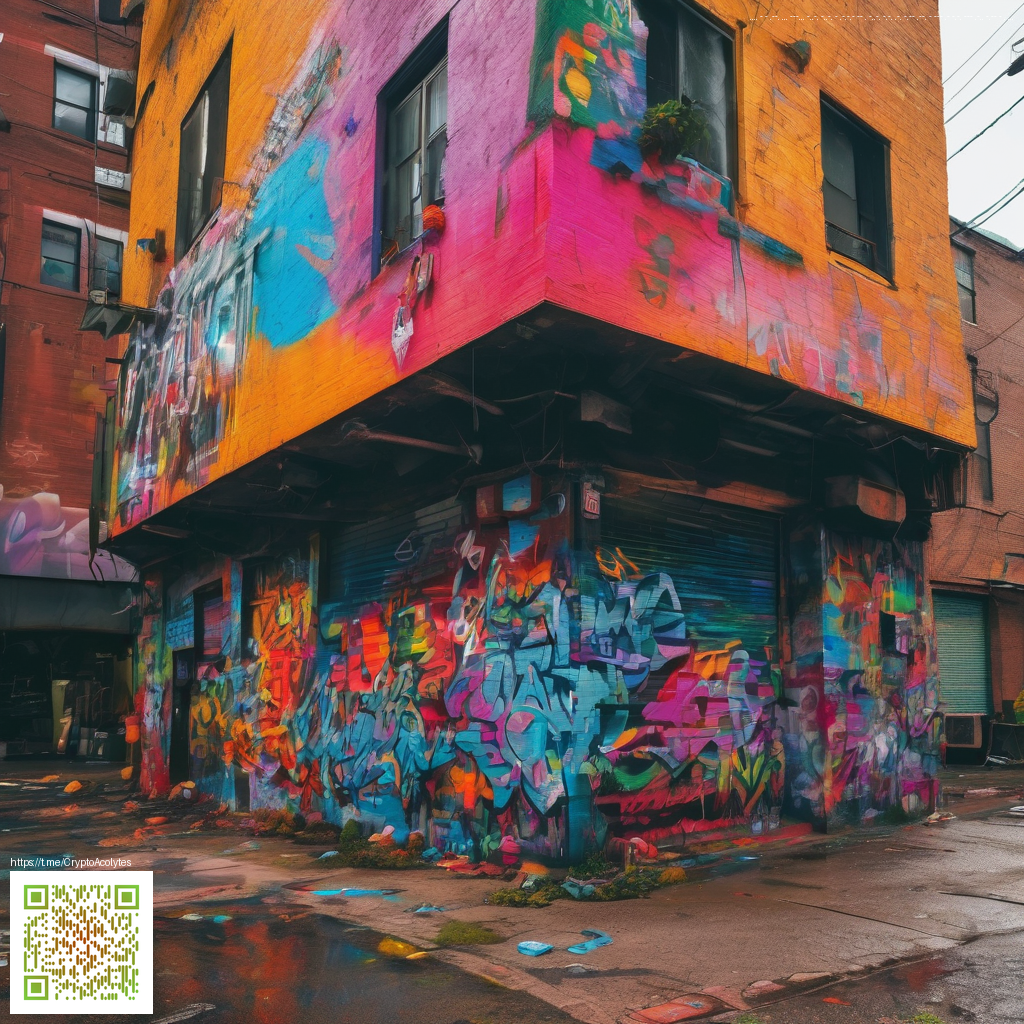
A Look Back and Forward at Splatoon 3 and the Franchise Evolution
Jumping back into a modern day Splatoon session after a decade of franchise history feels like stepping into a living painting. The core loop of turf control, fast reflex battles, and splashy ultimates remains intact, yet the design language has evolved in ways that reward seasoned players and welcome newcomers. The shift from the franchise origin to a fully realized online ecosystems in Splatoon 3 reflects not just a game patch notes trail but a cultural moment for competitive play and community collaboration. The ink still flies, but the canvas is broader, brighter, and a touch more political in its color choices.
Gameplay evolution and design shifts
At the heart of the experience lies a refined tempo. Movement feels smoother, weapon kit variety is more deliberate, and the pace of matches rewards not just aim but map awareness and tempo control. The meta now locks in around weapon families that offer a clear risk reward, encouraging players to experiment with sub weapons and special moves in tandem with map layouts. This design pressure keeps the playground fresh while preserving the satisfying chaos players fell in love with during the early days of turf war.
Map design has become a narrative instrument. Rotations mix long sightlines with tight corridors, forcing players to adapt their routes and line choices on the fly. It is less about memorizing a few chokepoints and more about reading ink density, predicting opponent moves, and toggling between offense and defense in synchrony with teammates. The result is a more layered sense of territory control that rewards coordinated play without punishing individual flare.
Community pulse and creative energy
The community thrives on a steady stream of fan art, clips, and inventive loadouts that push the boundaries of what counts as a meta build. Content creators build bridges between casual play and high level strategy, turning a single match into a masterclass on timing, map control, and teamwork. The culture around fashion and cosmetic customization remains a standout feature, with players treating headgear and gear slots as a form of self expression that doubles as practical stat tuning in ranked queues. 💠
In volunteer led tournaments and local meetups, players share tips on how to stabilize gear choices during long sessions and how to approach ladder climbing without burning out. The community shows resilience and wit with a cadence that keeps the scene feeling inclusive while still challenging for those who chase the top spots. It is this human element that makes updates land with a sense of shared excitement rather than mere patch numbers on a screen.
Updates that shaped the meta
Over the years the development team has nudged the game with meaningful updates that tilt the meta toward greater strategic depth. New weapons arrive with fresh toolsets, map rotations refresh the strategic landscape, and quality of life improvements address long standing requests from players who logged countless hours in turf war and ranked battles. The cadence of these updates demonstrates a commitment to keeping the experience dynamic without fracturing the core identity that defined the early play sessions.
Salmon Run like modes and cooperative experiences have also benefited from refinements that smooth out matchmaking, balance the wave based challenges, and broaden accessibility options. These changes matter because they extend the game’s lifespan beyond the thrill of a single match up to the rhythm of a shared weekly ritual. The sense of progression and achievement remains satisfying, even as the roster of weapons and stages evolves around it.
Modding culture and developer commentary
Modding in a Splatoon context sits at the edge of official channels. The community frequently explores creative expressions through fan tools, art packs, and data driven experiments that peek behind the curtain of weapon stats and map palettes. The discourse around modding focuses on art, community driven guides, and the social dimension of sharing clever configurations rather than altering core gameplay. This is a space where the line between fan culture and developer intent becomes a discussion about openness, accessibility, and what players want to see in future updates.
Developers have repeatedly affirmed a commitment to listening to player feedback and maintaining a healthy, competitive environment. The ongoing dialogue between players and creators helps translate community energy into concrete decisions about balance, new features, and the kinds of experiences that extend the life of the franchise. The result is a collaboration that feels grassroots in spirit yet polished in execution, a rare balance that keeps the community invested for the long haul.
Community voices one year into the current cycle emphasize how a handful of balance passes can unlock diverse playstyles and encourage teamwork over individual heroics
Looking ahead for Splatoon 3 and the franchise
Seeing the franchise a decade after its origin through Splatoon 3 is a reminder that Nintendo sustains vibrant multiplayer through careful pacing, meaningful updates, and a willingness to experiment with new ideas. The future likely holds further expansions to weapon classes, more intricate map ecosystems, and perhaps new modes that blend competitive play with cooperative objectives in novel ways. For fans, the path forward is not just about chasing the next patch note but about contributing to a living conversation around how the game should grow while remaining true to its playful roots.
As the community continues to blend strategy with creative expression, the franchise stands as a case study in how a series can reinvent itself while honoring its heritage. The result is a durable, welcoming ecosystem where seasoned players mentor newcomers and everyone has a chance to splash a little color across the digital arena. 🌑👁️
More from our network
- Arcade tricks to speed up leveling and skill growth
- NFT stats and the strange world of digital collectibles
- NFT data deep dive from a horror inspired collection
- TCG data today a Ludicolo card deep dive
- Prioritizing theater in draft style picks